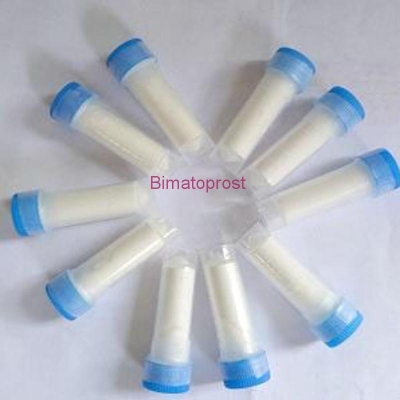-
Categories
-
Pharmaceutical Intermediates
-
Active Pharmaceutical Ingredients
-
Food Additives
- Industrial Coatings
- Agrochemicals
- Dyes and Pigments
- Surfactant
- Flavors and Fragrances
- Chemical Reagents
- Catalyst and Auxiliary
- Natural Products
- Inorganic Chemistry
-
Organic Chemistry
-
Biochemical Engineering
- Analytical Chemistry
- Cosmetic Ingredient
-
Pharmaceutical Intermediates
Promotion
ECHEMI Mall
Wholesale
Weekly Price
Exhibition
News
-
Trade Service
On September 19, the Journal of Neuroscience published online a research paper
titled Progressively Decreased HCN1 channels results in cone morphological defects in diabetic retinopathy 。 The research was carried out
by the Center for Excellence and Innovation of Brain Science and Intelligent Technology (Institute of Neuroscience), the State Key Laboratory of Neuroscience, the He Jie Research Group of Shanghai Brain Science and Brain-like Research Center, and the Xu Gezhi Group of the Affiliated Eye and Ear, Nose and Throat Hospital of Fudan University.
This study uses zebrafish model to simulate the process of diabetic retinopathy, reveals that the pathogenesis of this type of disease originates from cone cell damage rather than traditional vascular disease, and reveals the molecular mechanism of cone cell damage in early diabetic retinopathy, providing a new experimental basis
for exploring the pathogenesis of the disease.
Diabetic retinopathy is a retinal vascular and neuronal degenerative disease secondary to diabetes, and its main clinical diagnostic criterion is fundus microvascular changes, so the disease has traditionally been thought to originate from vascular lesions
.
There is increasing evidence of early diabetic retinopathy with retinal neuron damage
.
In early diabetic retinopathy, the relationship between retinneuropathy and vascular lesions is not clear
.
This study used CRISPR/Cas 9 technology to establish a zebrafish model of pdx1 gene heterozygous mutation model, combined with high glucose treatment, to produce progressive lesions
of retinal neurons and blood vessels under the background of hyperglycemia.
The study found that before the retinal vascular structure lesions, the cone cell structure damage appeared independently, and the length of its inner and outer segments decreased significantly with the increase of blood glucose
.
Further, single-cell sequencing analysis found that photoreceptor cells in the hyperglycemic state were the most susceptible retinal neuron types
.
In different models of hyperglycemia levels, cone cells undergo different transcriptome states (wild group-State 1, low-level hyperglycemia-State 2, high-level hyperglycemia-State 3).
Among them, the expression of HCN1 (Hyperpolarization-activated cyclic nucleotide-gated potassium channel 1) gene is progressively and significantly downregulated in three states of cone cells, and the study further shows that the deletion of HCN1 gene can cause damage to the inner and outer segments of
cones.
The research work is supported
by the Chinese Academy of Sciences, the Ministry of Science and Technology, the National Natural Science Foundation of China and the Shanghai Municipal Science and Technology Commission.
The wild group (WT) showed physiological blood glucose levels; The mutant group (PDX1+/-) showed moderately elevated blood glucose levels; The mutant glucose-treated pdx1+/- group showed higher blood glucose levels
.
As blood glucose levels rise, the inner and outer segments of the cone cells (B, ruler: 15 microm) first change significantly
relative to the blood vessels (A, ruler: 50 microm).







